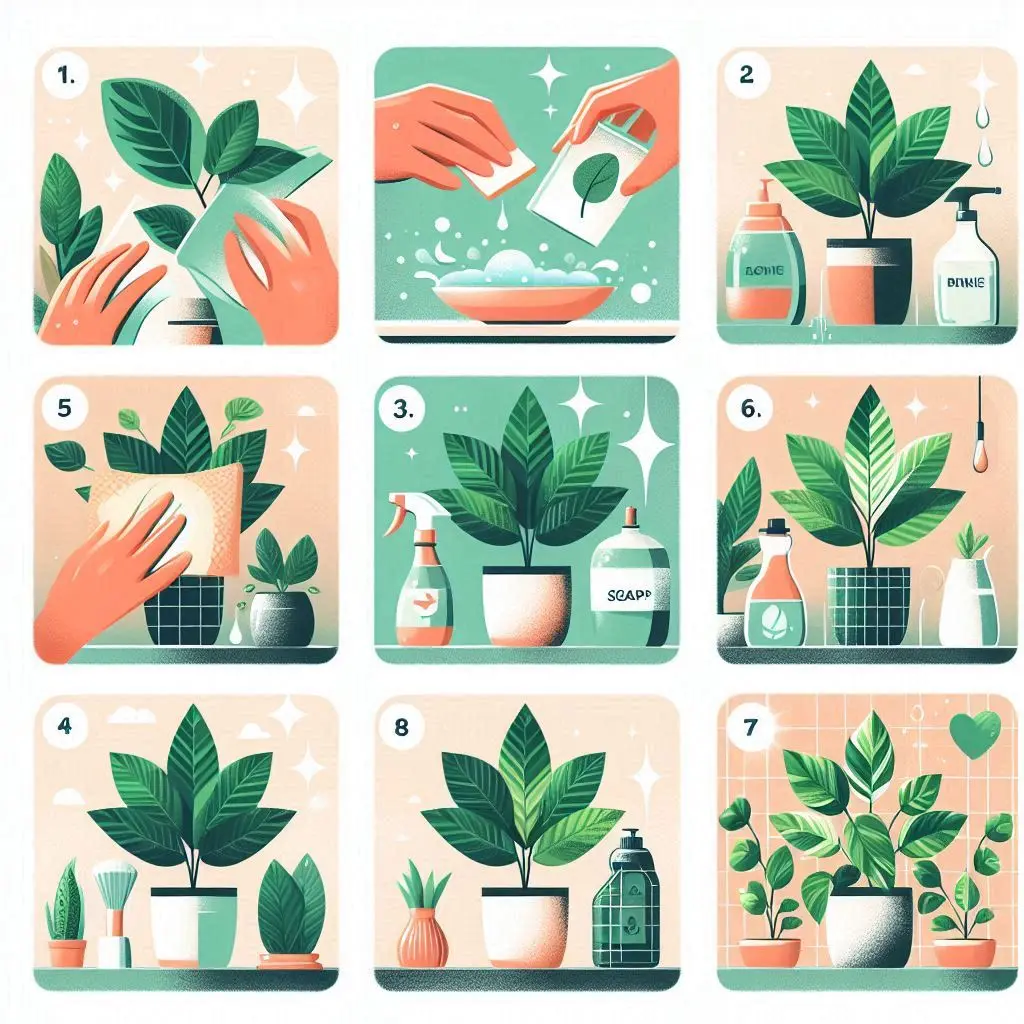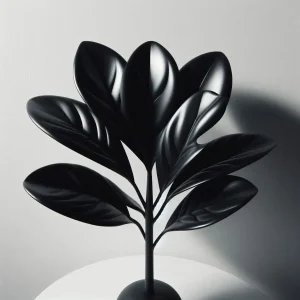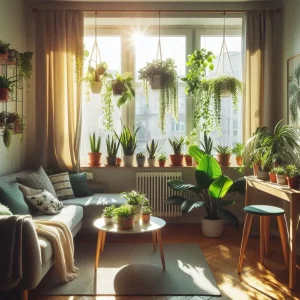If you’re someone who tends to the beautiful flowers at home or at work, knowing how to clean them properly will surely be beneficial. After all, the beauty of a flower will be hidden behind a heap of dust and dirt. Now, if you have flowers that not only are clean but also shiny, their beauty will multiply. On the other hand, if dust settles on oxygen-producing plants, their ability to produce oxygen decreases. Join us as we learn the florists’ tricks to clean and shine plants!
| Method | Ingredients | Instructions |
| Lemon Water | Water, lemon juice | Dissolve one tablespoon of lemon juice in half a liter of water. Spray it onto the plant leaves and wipe them with a cloth to make them clean and shiny. |
| Vinegar | Water, vinegar | Dissolve one tablespoon of vinegar in one liter of water. Spray it onto the plant leaves and wipe them with a cloth to make them clean and shiny. |
| Milk | Water, milk | Dissolve one tablespoon of milk in one liter of water. Spray it onto the plant leaves and wipe them with a cloth to make them clean and shiny. |
| Lemon and Water | Water, lemon | Dissolve one tablespoon of lemon juice in half a liter of water. Spray it onto the plant leaves and wipe them with a cloth to make them clean and shiny. |
| Banana Peels | Banana peels | Rub the inner part of a banana peel onto the plant leaves. This will make them shiny and clean. |
Cleaning plant leaves with a dustpan brush
Page Contents
ToggleUsing a dustpan brush to remove dust and dirt from plants
A dustpan brush is a very soft and gentle brush used for dusting. In the past, these brushes were present in most households. Nowadays, you can find these brushes in home goods and kitchen stores. However, if you come across a dustpan brush with a very soft texture, buy it and use it to clean your plant leaves.
In this case, it’s best to take the plant to the balcony or garden and clean it with the brush. If you can’t move the plant, leave the windows open!
This method is suitable for situations where there is a lot of soil on the leaves, it’s not possible to move the plant to another location for washing, such as the balcony or garden, or there are so many leaves that it’s not feasible to clean each leaf individually with a cloth.
read more: Tips for plants in winter
Cleaning plant leaves with water
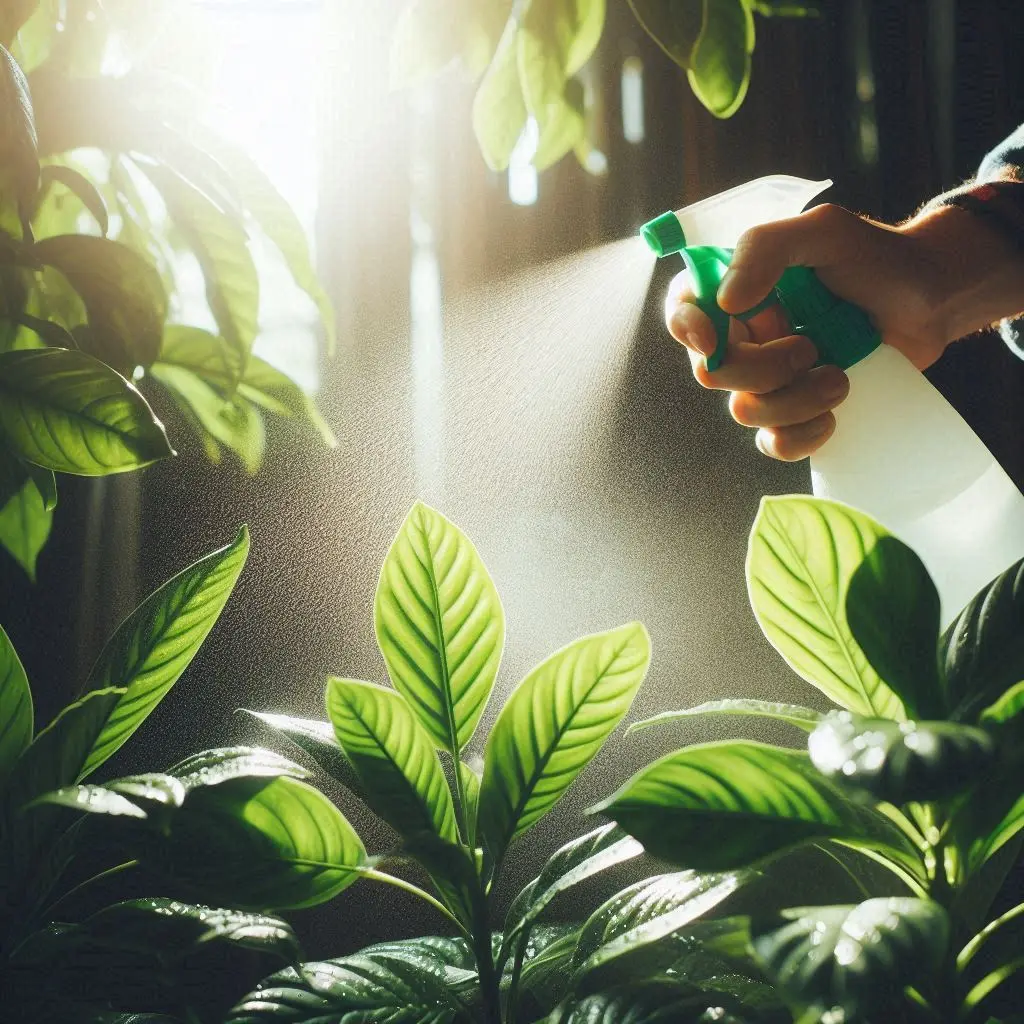
If you can move your plant to the balcony, garden, or even the rooftop and wash it with a hose, use this method. In this method, water droplets should be broken down into the smallest pieces to reduce water pressure and avoid damage to the plant. If there is a lot of dust and dirt on your plant, first clean it with a brush so that less water is used!
Cleaning plant leaves with water can cause white chalky deposits on the leaves, mostly due to the presence of minerals in the water. In this case, dry the leaves after washing them or use cooled boiled water for cleaning.
Cleaning plants with sharp leaves such as cacti and succulents
The best method for cleaning succulents and cacti is to use a spray bottle. Sprinkle water over your plant from the top. If the water pressure from the spray bottle is too high, place your hand in the path of the water flow to reduce the pressure. If your plant is such that water collects between the leaf junctions, after washing, there is a risk of fungal disease in the plant. Therefore, make sure to dry this excess water. You can use a hairdryer with low heat at an appropriate distance for this purpose.
Cleaning small plant leaves by immersion
If your plant is small, you can use the immersion method. In the immersion method, turn the plant upside down and place it in a basin filled with warm water. Gently shake the plant in the water several times to wash away its dirt. In this method, a few hours before immersion, water your plant to prevent its soil from spilling. Alternatively, you can cover the soil and plastic pot to prevent the potting mix from entering the water.
If your plant is such that water collects between the leaf junctions, after washing, there is a risk of fungal disease in the plant. Therefore, make sure to dry this excess water. You can use a hairdryer with low heat at an appropriate distance for this purpose.
Cleaning leaf junctions using a cotton swab
If your plant is very small or if it’s a type of succulent, use a cotton swab to clean the leaf junctions. Even if water spills onto the leaf junctions during watering, be sure to dry it with a cotton swab to prevent your plant from fungal diseases.
Use this method for all types of Sansevieria to keep your Sansevieria healthy.
Cleaning plants with water and soap
If tiny white creatures are stuck on the back of your plant’s leaves, your plant may be infested with mealybugs. In this case, the best method for cleaning plants is to use a solution of water and soap. Dissolve some ordinary soap in water. Spray the solution onto the leaves and after a few minutes, wipe the leaves with a cloth. You can also dip a sponge or cloth in this solution and wipe the leaves.
The key point in this method is to scrub the area where mealybugs accumulate more sensitively. This solution eliminates these pests and cleans and shines the leaves.
Cleaning and shining plant leaves with milk
In most greenhouses, low-fat milk is used to clean plant leaves. In this method, fill one-third of a container with low-fat milk and two-thirds with water. This solution cleans and shines the leaves! Now, there are two ways to use this magical solution. Either spray it onto the leaves and then wipe the leaves with a cloth, or dip a sponge or cloth into the solution and wipe the leaves with it. The leaves will become clean and shiny.
But why is cleaning plant leaves with milk common in florists?
– Milk has antimicrobial and antifungal properties.
– It eliminates mealybug infestations.
– It cleans and shines the leaves.
– It has no adverse effects and is completely safe.
– It is readily available and can be found in all stores.
Cleaning plant leaves with vinegar
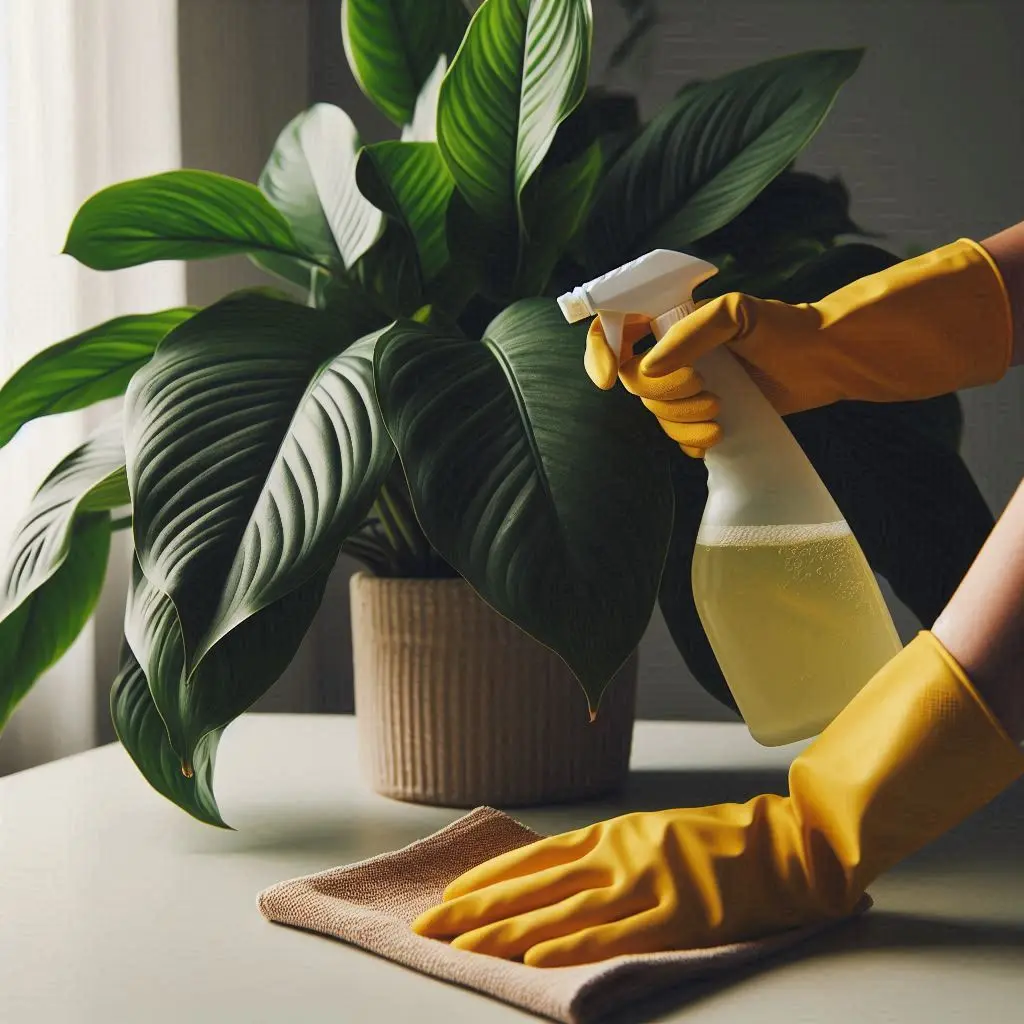
You can also use a vinegar and water solution to clean plant leaves. Dissolve one tablespoon of vinegar in one liter of water and spray it onto the leaves. After a few minutes, wipe the leaves with a cloth. This solution is capable of eliminating mealybug infestations, repelling insects from the plant’s vicinity, and shining the leaves.
Cleaning plant leaves with lemon water
Dissolve one tablespoon of lemon juice in half a liter of water and spray it onto the plant leaves. Then, wipe the leaves with a cloth to make them clean and shiny. Unlike vinegar and water, this solution does not eliminate pests.
According to thesill site, clean the leaves of the plants with a damp cloth:
Wet your cloth (or sponge) and wring out any excess water. Support each leaf by placing one hand gently underneath, and wipe down the top of the leaf with your other hand, moving away from the stem. Then repeat on the underside of the leaf, which is where common houseplant pests usually like to hide. For delicate or tiny leaves, try using a soft brush.
Cleaning and shining plant leaves with banana peels
Don’t throw away banana peels. Unused banana peels can make your plant leaves shiny and beautiful. Take a piece of banana peel and rub the inner part onto the leaves. The leaves will become clean and shiny.
In this article, we have become familiar with methods of cleaning plant leaves as well as solutions for making them shiny. However, remember that the method of cleaning and shining plant leaves depends on the type of your plant. So, use the mentioned methods according to your plant.

